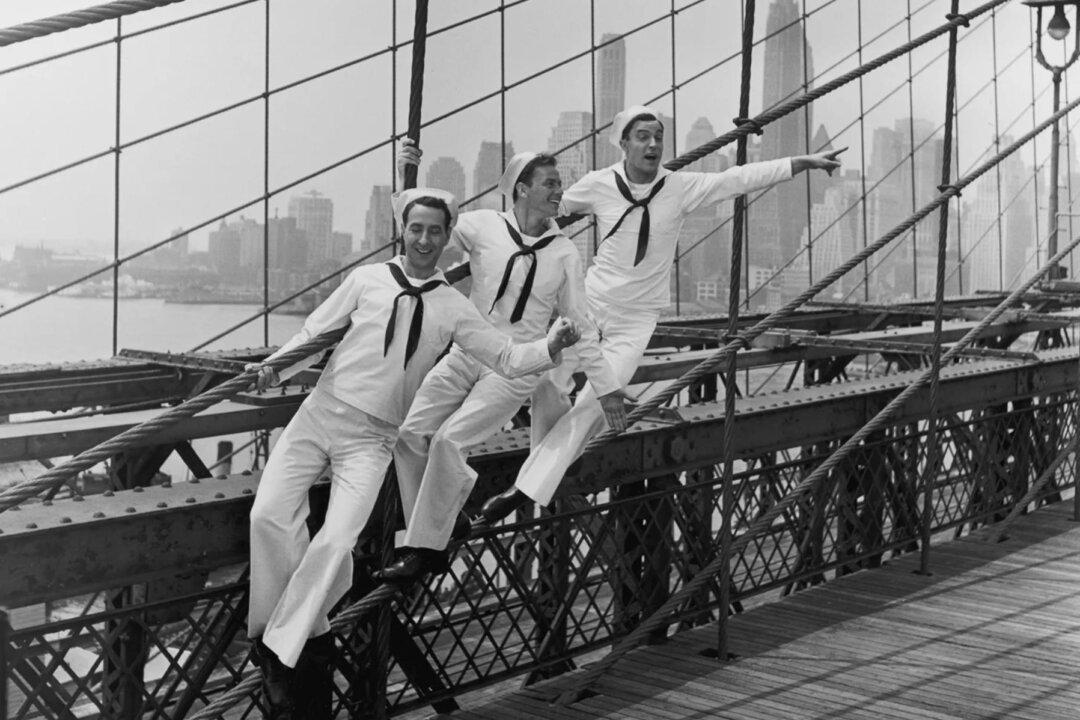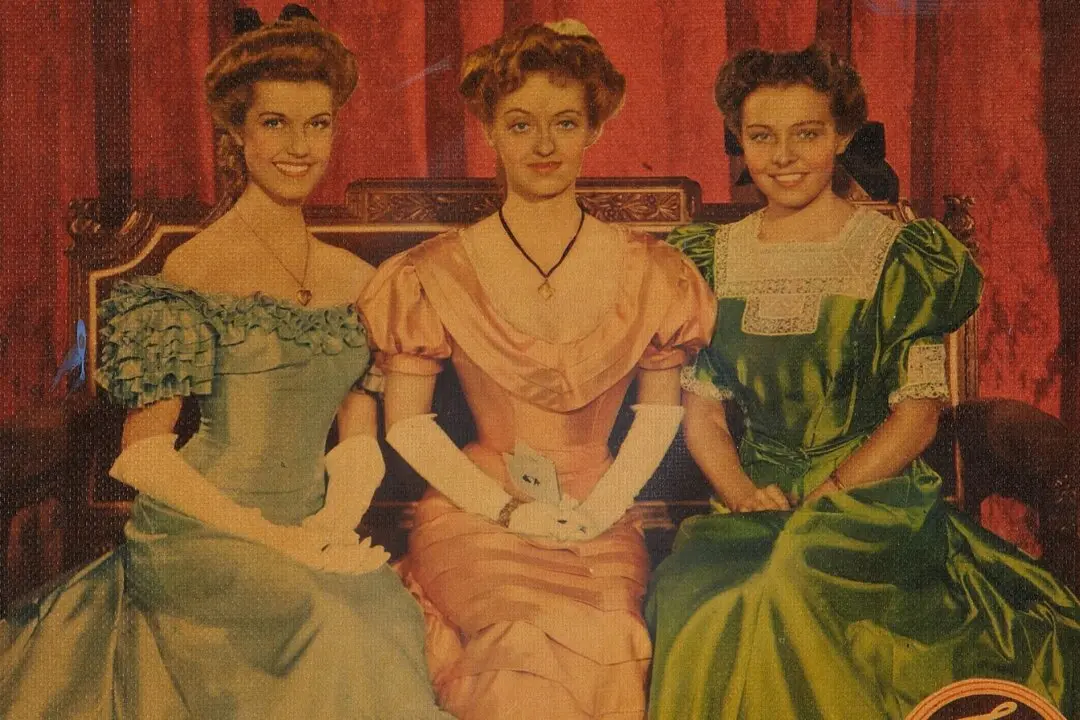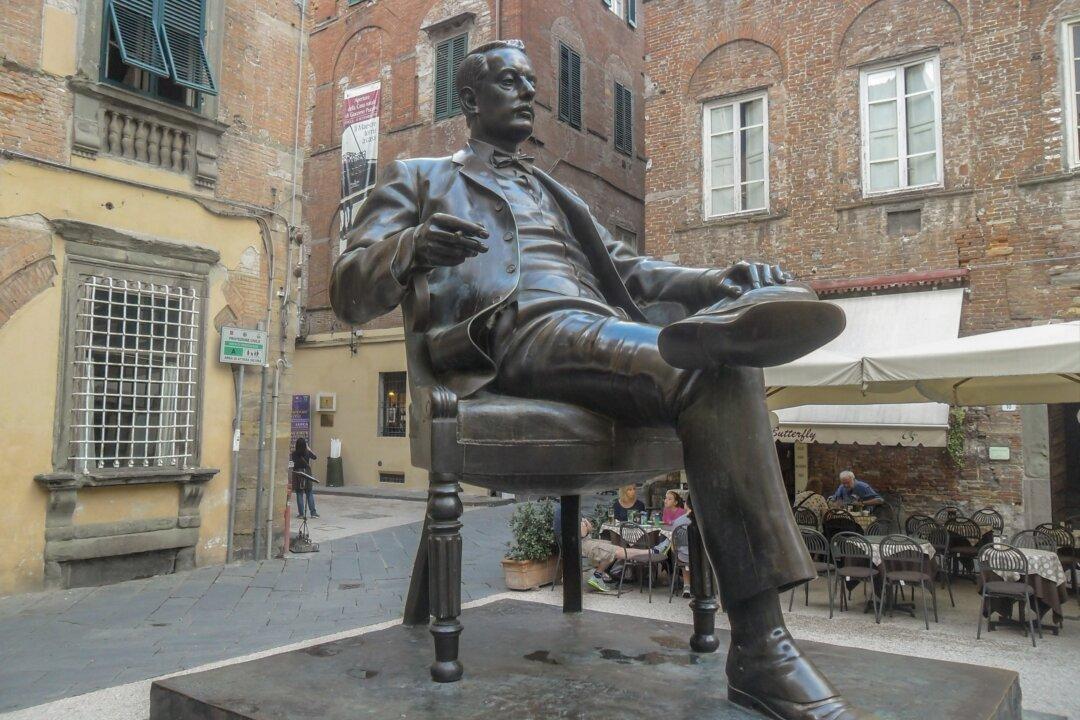Movie fans are sure to recognize “On the Town” (1949) as a great musical. It was a successful 1944 Broadway musical before being made into a hit MGM movie. Gene Kelly, Frank Sinatra, and Jules Munshin starred as three sailors, and Vera-Ellen, Betty Garrett, and Ann Miller as the ladies they meet. This wasn’t the only movie, however, which featured these three fellows as colleagues and friends.
“Take Me Out the Ball Game” (1949) also starred Kelly, Sinatra, and Munshin, with Garrett, and swimming star Esther Williams instead of Vera-Ellen. Since “On the Town” is the better-known film, one might think that “Take Me Out to the Ball Game” was a follow-up attempt to recapture the magic of the male trio. However, it was released nationwide on April 13, 1949, while “On the Town” was released on Dec. 8 of the same year.






